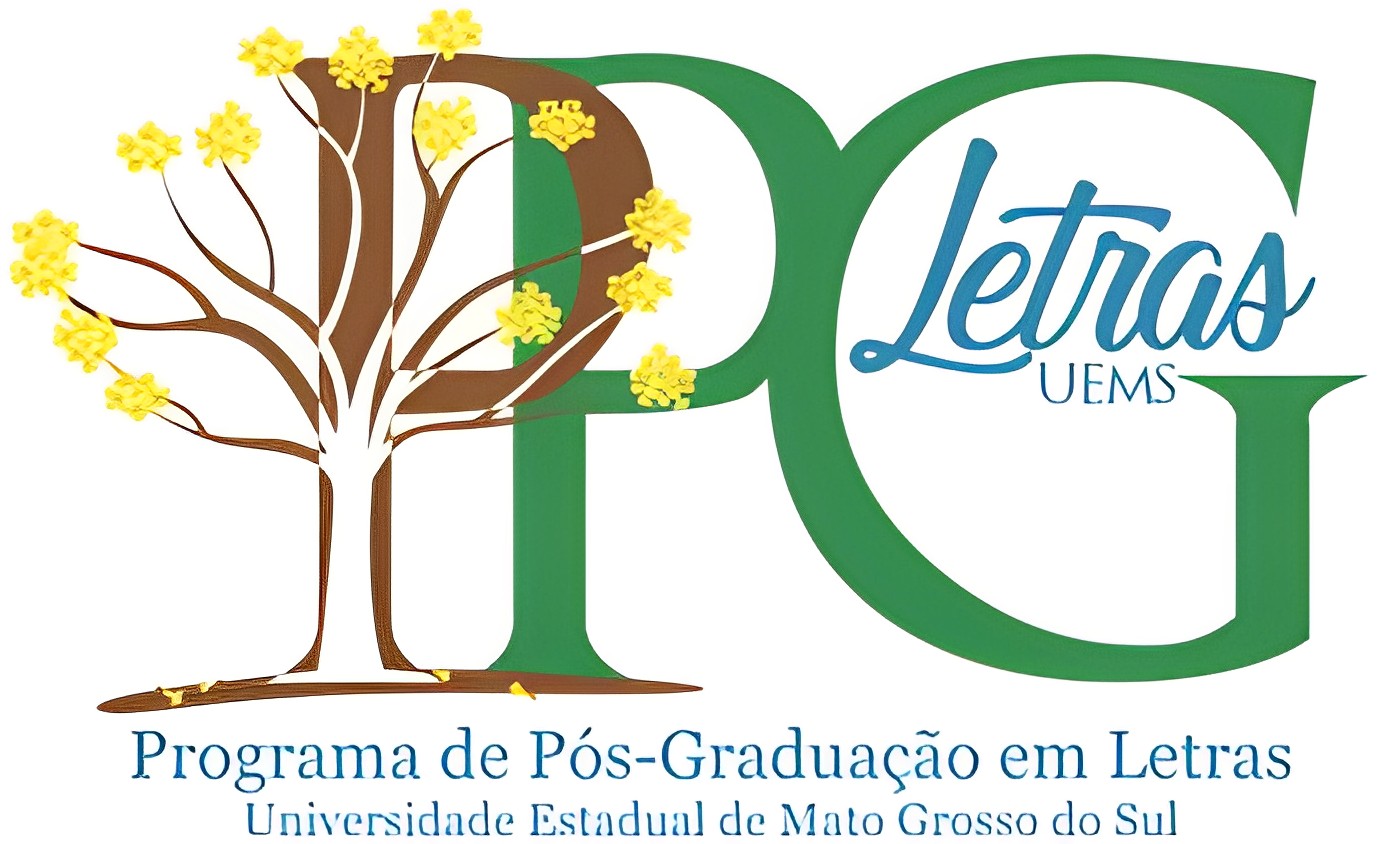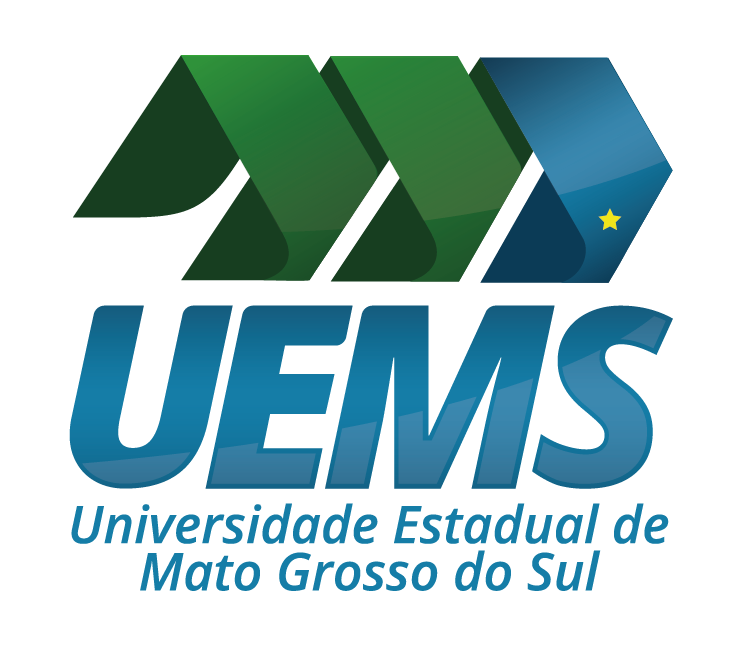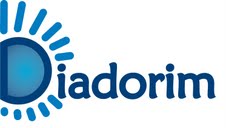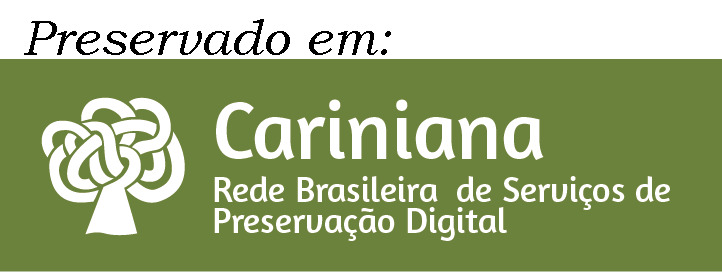Supernatural metamorphoses in literature
the fantastic in "Açude", by Roberto Beltrão
DOI:
https://doi.org/10.61389/revell.v1i34.7148Keywords:
Fantastic, Metamorphosis, Roberto BeltrãoAbstract
This article aims to analyze the short story "Açude", present in the work Na escuridão das brenhas, by Roberto Beltrão, in the light of metamorphosis and the fantastic. Through a theoretical framework that allows us to perceive the different visions of these categories in literary studies, such as the assumptions of Irene Bessière and David Roas, regarding the fantastic, and the reflections of Vera Maria Tietzmann Silva, regarding metamorphosis, it was possible to validate the aesthetic effectiveness in the investigation of the chosen corpus. Conditioned by social and historical frameworks, the narrative is set in the Sertão of Pernambuco, more precisely in the city of Triunfo, marked by cultural traits that shape the knowledge and human imagination, seen through folkloric prisms, legends, and oral tradition. Shadowed by the dichotomy between the natural and the supernatural, the author's text amalgamates a metamorphic process, with the legend of the transformation of a baby into a hideous and giant snake, motivating the transgression of the perceptions of normality. As zoomorphisms are mobilized, the nature of the fantastic is reiterated in destabilizing the vision of the real, both of the character and the reader, in a world simile to reality, which threatens the coordinates that give security to the everyday life and flow to rationality.
References
BENJAMIN, Walter. O narrador: considerações sobre a obra de Nikolai Leskov. In: Magia e técnica, arte e política: ensaios sobre literatura e história da cultura. São Paulo: Editora Brasiliense, 1985.
BELTRÃO, Roberto. Estranhos mistérios d’o Recife assombrado. Recife: Bagaço, 2007.
BELTRÃO, Roberto. Na escuridão das brenhas. Recife: Bagaço, 2013.
BELTRÃO, Roberto. A Sinhá e o Diabo. Recife: Edição do autor, 2019.
BESSIÈRE, Irène. O relato fantástico: forma mista do caso e da adivinha. Trad. de Biagio D’Angelo e Maria Rosa Duarte de Oliveira, Revista Fronteira Z, São Paulo, n. 3, p. 1-18, dez., 2009.
BRANDÃO, Luis Alberto. Teorias do espaço literário. São Paulo: Perspectiva; Belo Horizonte: FAPEMIG, 2013.
CASARES, Adolfo Bioy. “Prólogo”. In: CASARES, Adolfo Bioy; BORGES, Jorge Luis; OCAMPO, Silvina (Org.). Antologia da literatura fantástica. Trad. de Josely Vianna Baptista. São Paulo: Companhia das Letras, 2019.
CESERANI, Remo. O fantástico. Trad. de Nilton Cezar Tridapalli. Curitiba: Editora UFPR, 2006.ELIADE, Mircea. Mito e realidade. São Paulo: Perspectiva, 1978. FURTADO, Felipe. A construção do fantástico na narrativa. Lisboa: Livros horizonte, 1980.GENETTE, Gérard. Discurso da narrativa. 3 ed. Trad. de Fernando Cabral Martins. Lisboa: Veja, 1995.GRIZ, Jayme. O lobishomem da porteira velha. Pernambuco: Arquivo Público Estadual, 1956.ROAS, David. A ameaça do fantástico: aproximações teóricas. Trad. de Julián Fuks. São Paulo: Editora Unesp, 2014.
SILVA, Vera Maria Tietzmann. A metamorfose nos contos de Lygia Fagundes Telles. Rio de Janeiro: Presença, 1985.
TODOROV, Tzvetan. Introdução à literatura fantástica. São Paulo: Perspectiva, 1975.
VAX, Louis. A arte e a literatura fantásticas. Lisboa: Arcádia, 1974.
Downloads
Published
How to Cite
Issue
Section
License
Copyright (c) 2023 REVELL - REVISTA DE ESTUDOS LITERÁRIOS DA UEMS

This work is licensed under a Creative Commons Attribution 4.0 International License.
DECLARAÇÃO DE ORIGINALIDADE E EXCLUSIVIDADE E CESSÃO DE DIREITOS AUTORAIS
Declaro que o presente artigo é original e não foi submetido à publicação em qualquer outro periódico nacional ou internacional, quer seja em parte ou na íntegra. Declaro, ainda, que após publicado pela REVELL, ele jamais será submetido a outro periódico. Também tenho ciência que a submissão dos originais à REVELL - Revista de Estudos Literários da UEMS implica transferência dos direitos autorais da publicação digital. A não observância desse compromisso submeterá o infrator a sanções e penas previstas na Lei de Proteção de Direitos Autorais (nº 9610, de 19/02/98).




















